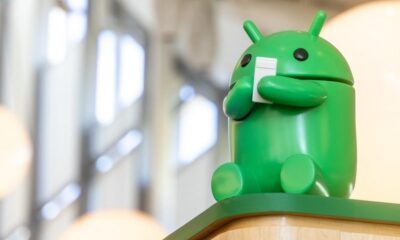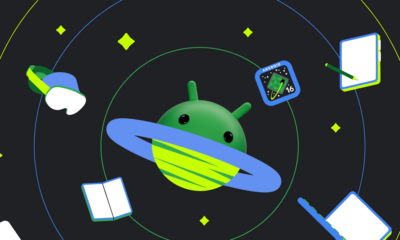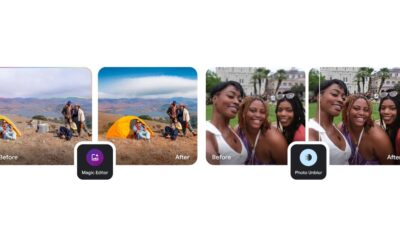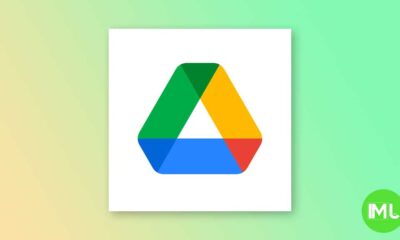Google tests new ‘i’m feeling lucky’ AI button for search results
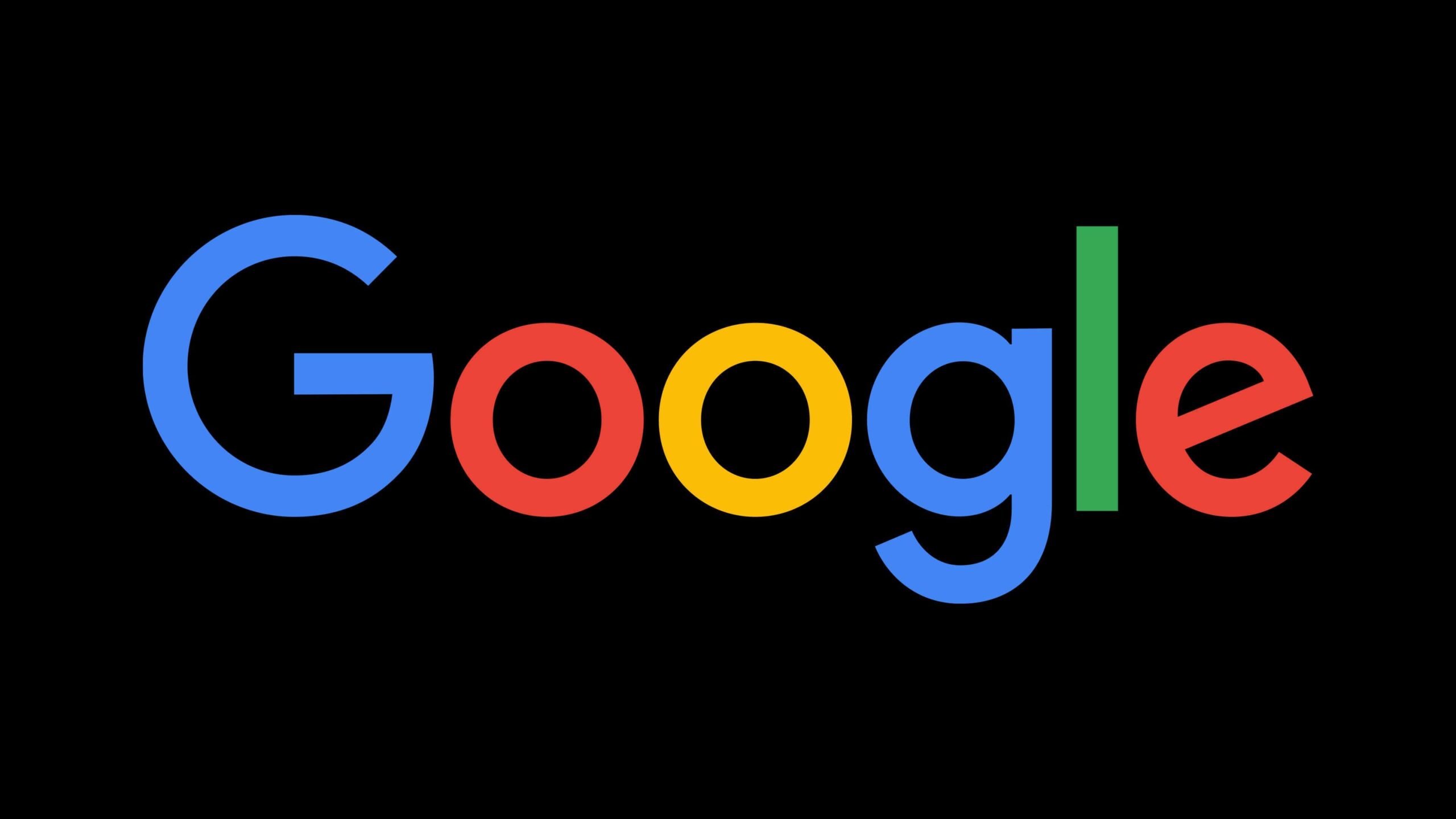
Google is working on a new feature that adds a twist to its classic “I’m Feeling Lucky” button — but this time, powered by AI. This test is part of Google’s Search Generative Experience (SGE), where AI helps users get better and quicker answers to their questions.
The new button appears next to the usual “Generate” button on search pages that support AI summaries. When users click “I’m Feeling Lucky (AI Mode),” it skips the usual web links and gives a full AI-generated response right away. It’s designed for people who want quick, straight-to-the-point answers without looking through different websites.
This AI version of “I’m Feeling Lucky” was spotted by a few users and seems to be rolling out as a limited test. It works as part of Google’s AI experiments, which have become more common in search lately. The idea is to make search results smarter and save time for users.
It’s still not available to everyone, and there’s no word yet on if or when it will be fully released. But it shows how Google is trying to mix its classic features with new AI tools to improve the search experience.
Google shows off Android XR Glasses and smarter tracking tech

At Google I/O 2025, Google revealed two exciting projects—its new Android-powered XR glasses and upgrades to its Find My Device network. First, Google teased its upcoming XR (Extended Reality) glasses, developed with Qualcomm and Samsung. These lightweight smart glasses look more like regular eyewear than previous bulky headsets.
Though Google didn’t share all the details, the demo showed how users can see Android phone notifications, maps, and messages directly through the glasses. They’re expected to run a custom version of Android built for spatial computing, meaning you’ll interact with digital content layered over the real world.
Alongside this, Google is upgrading its Find My Device network with better location tools. Soon, Android users will be able to track their belongings more precisely using Ultra-Wideband (UWB) technology. Google also introduced a new “Find My Device hub” that can remember where you left a lost item—even if your phone goes offline.
Google is also working with airlines to add luggage tracking to this system. When passengers check in at the airport, their bags will appear automatically in the Find My Device app. This feature could help travelers know exactly where their luggage is during a trip. Together, these announcements show how Google is pushing Android into new areas—combining wearable tech and smart tracking to make daily life easier and more connected.
Android
Android 16 brings a fresh design, stronger security, and more smart features
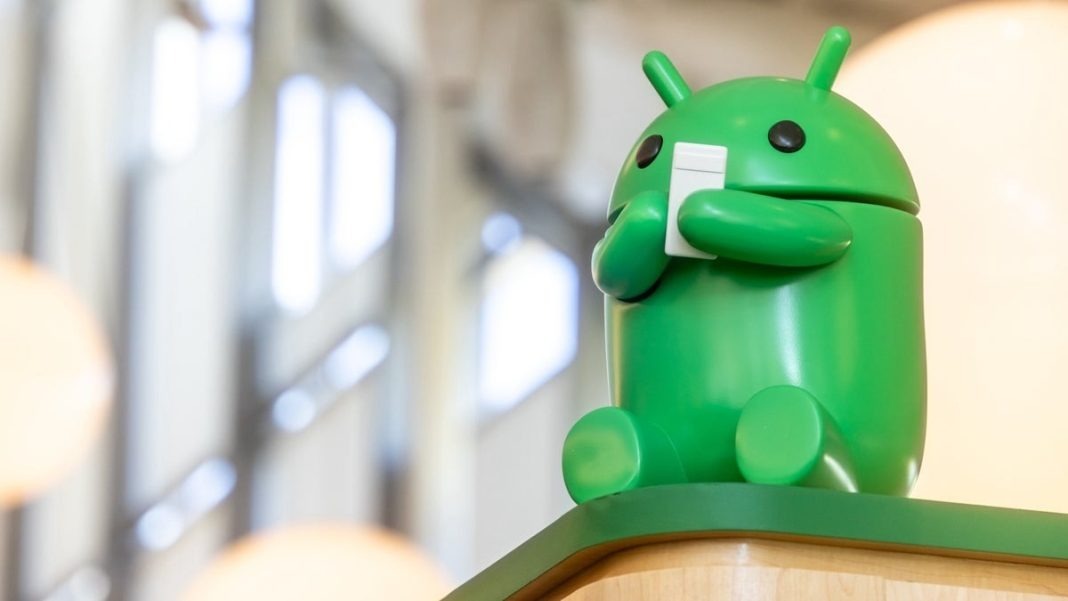
Google is getting ready to roll out Android 16 in June 2025, and it’s shaping up to be a major update. The new version will not only give Android a fresh look, but it also brings useful features focused on design, security, and accessibility.
One big change is in the Quick Settings panel. Google is testing a new design that spreads the icons across three pages instead of cramming them into one. This should make it easier to find and use important controls like Wi-Fi, Bluetooth, and brightness. The updated layout also includes a large clock and date at the top for better readability.
Security is getting a serious upgrade too. Android 16 adds an “intrusion detection” feature that can log if someone tries to unlock your device without your permission. These records can be shared with law enforcement if needed. Another useful tool is the Remote Lock feature. If your phone gets lost or stolen, you’ll be able to lock it remotely using just your phone number and a security question—no Google password needed.
Android 16 also improves support for people with disabilities, adding better text-to-speech options and clearer visuals.
On the smartwatch side, Google is working on Wear OS 6. It’s expected to launch alongside Android 16 and will match the new design style, offering better navigation and accessibility for smartwatches too.
With Android 16 and Wear OS 6, Google is aiming to make your devices look better, work smarter, and stay more secure—all at the same time.
Android 16 brings fresh design, Gemini in Android Auto, and stronger protection tools
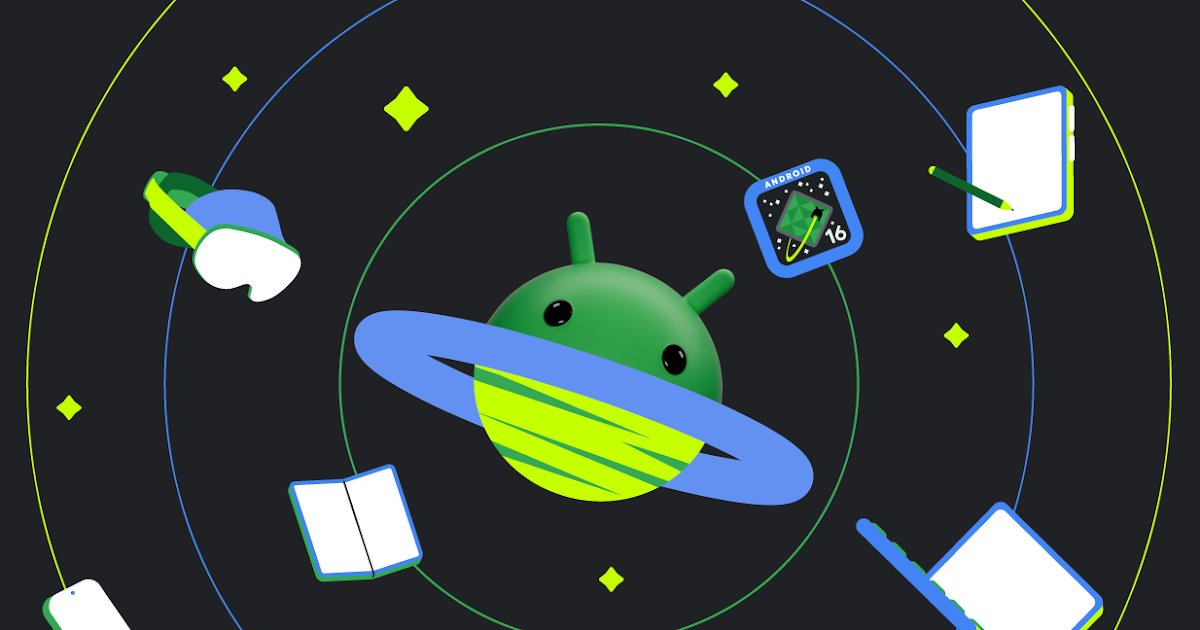
Android 16 is bringing some exciting updates, including a new look, better safety tools, and AI in your car. Let’s break it down.
First, Google is updating the Android 16 design with more expressive Material You styles. This means you’ll see fun and bold changes in colors, shapes, and layouts across the system. For example, buttons now have more noticeable outlines, and apps show larger artwork and headers for a cleaner feel. The new design makes Android easier and more enjoyable to use.
Next, Google is adding Gemini, its AI assistant, to Android Auto. Soon, drivers will be able to ask Gemini for help with things like summaries of long messages, sending replies, or getting details from emails or calendars — all while keeping eyes on the road. This makes driving safer and smarter.
Lastly, Android 16 also improves security with a better Advanced Protection Program. This feature helps protect high-risk users like journalists and political figures. It offers stronger settings, like only letting apps be installed from approved sources and blocking risky USB access.
All these changes are part of Google’s push to make Android more helpful, secure, and personal. Android 16 will launch later this year, starting with Pixel phones.
-
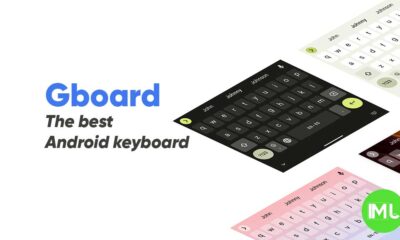
 Apps1 year ago
Apps1 year agoGboard Proofread feature will support selected text
-
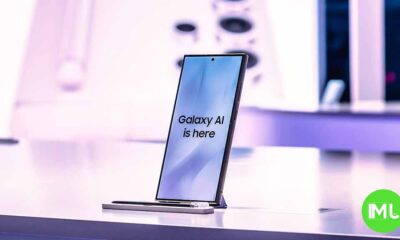
 News1 year ago
News1 year agoSamsung USA crafting One UI 6.1.1
-

 News1 year ago
News1 year agoBreaking: Samsung Galaxy S22 may get Galaxy AI features
-
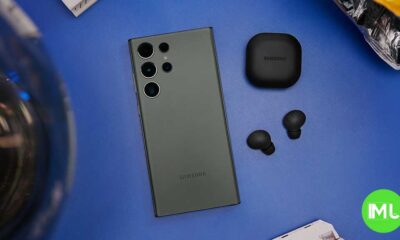
 News1 year ago
News1 year agoSamsung Galaxy S23 Ultra with One UI 6.1 and all S24 AI features revealed
-

 News1 year ago
News1 year agoOne UI 6.1 Auracast (Bluetooth LE Audio) feature coming to many Samsung phones
-

 News1 year ago
News1 year agoSatellite SOS feature coming to Google Pixel phones, evidence leaked
-

 Apps10 months ago
Apps10 months agoGoogle Contacts app testing new Besties Widget
-
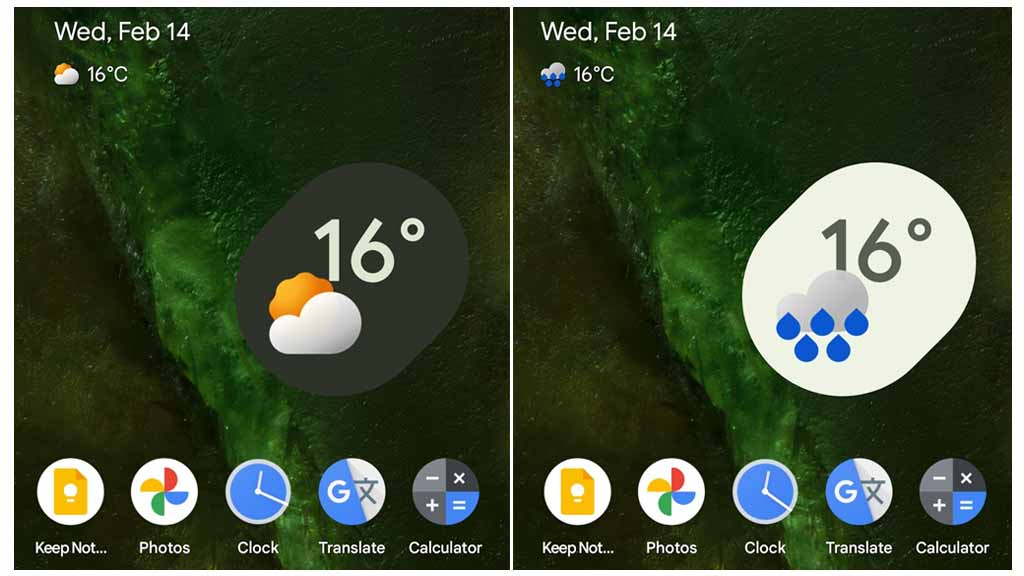
 Apps12 months ago
Apps12 months agoGoogle’s fancy new Weather app is finally available for more Android phones



